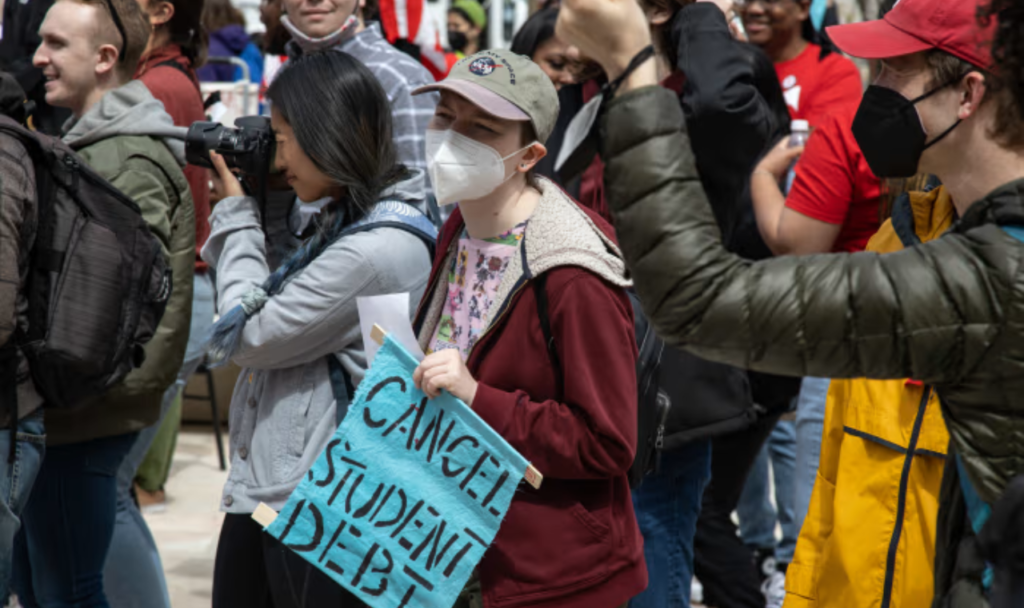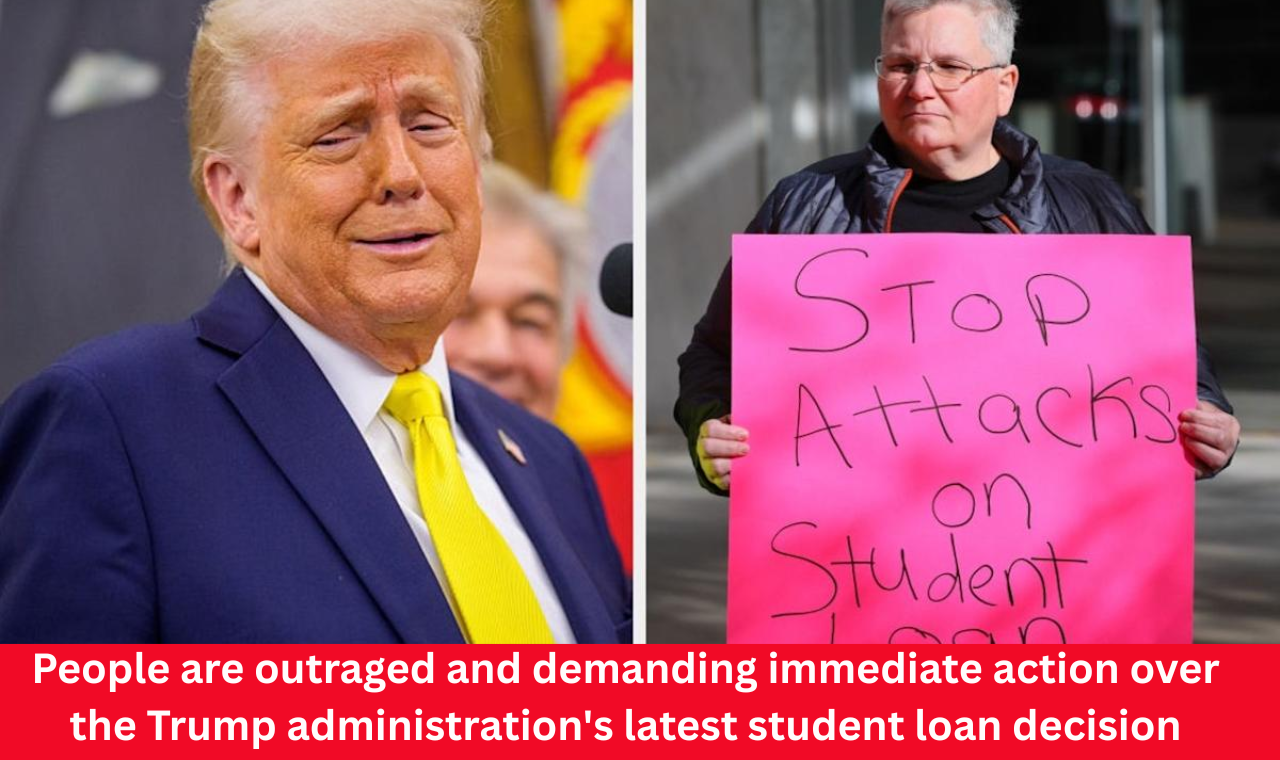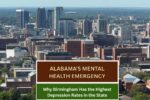The Trump administration’s recent actions surrounding federal student loan policies have ignited a wave of frustration, confusion, and anger among borrowers, advocates, and educators alike. As the government takes significant steps to alter student loan repayment structures, many are raising concerns over the long-term impact on millions of Americans struggling with student debt.
1. Resumption of Loan Collections
One of the most contentious decisions made by the Trump administration involves the resumption of collections on defaulted student loans. After a five-year pause due to the COVID-19 pandemic, the U.S. Department of Education has announced that it will restart collections on defaulted loans starting on May 5, 2025.
- Impact on borrowers: Approximately 5.3 million borrowers in default.
- Potential consequences: Wage garnishments, tax refund withholdings, and reductions in Social Security benefits.
- Disproportionate impact on women: Women hold nearly two-thirds of the nation’s $1.6 trillion student debt and are more likely to experience long-term challenges with repayment.
Advocates argue that resuming collections without offering sufficient support is a cruel move that could deepen financial struggles for many borrowers. The Student Borrower Protection Center has condemned this decision, calling it a “devastating blow” to those already in distress.
For more details on federal student loan management, visit the U.S. Department of Education’s Federal Student Aid page.
2. Proposal to Shift Student Loan Management to the SBA
The Trump administration has proposed shifting the management of federal student loans from the Department of Education to the Small Business Administration (SBA).
- Concerns: The SBA lacks the expertise to manage student loan servicing.
- Risks: This move may create confusion and inefficiencies in managing loan repayment.
- Disability concerns: Disability advocacy groups fear that the SBA won’t provide the specialized support needed for borrowers with disabilities.
Critics argue that the SBA’s focus on small businesses makes it an inappropriate agency for managing a complex student loan system, potentially worsening an already strained situation.
For more information on the Small Business Administration and its programs, visit the SBA website.

3. Halt on Income-Driven Repayment Applications
The Trump administration’s decision to halt online applications for income-driven repayment (IDR) plans, including the Saving on a Valuable Education (SAVE) plan, has left borrowers with fewer options for managing their debt.
- Court ruling impact: A federal court ruling blocked the expansion of IDR programs, halting online applications.
- Alternative options: Borrowers can still submit paper applications, but this is far more inefficient and prone to delays.
- Criticism: Advocates argue that the decision makes it harder for vulnerable borrowers to access affordable repayment plans, increasing the risk of default.
The SAVE plan was designed to lower monthly payments and provide opportunities for loan forgiveness. By blocking online applications, the Trump administration is effectively making it harder for borrowers to access this vital support.
4. Growing Public Outcry
As these decisions unfold, public outcry has reached a fever pitch. Over 200 college presidents and chancellors recently signed a letter condemning the Trump administration’s use of federal research funding to exert political pressure on universities.
- Letter signatories: Over 200 college leaders signed in opposition.
- Main concern: The action was described as “unprecedented government overreach” and potentially undermining academic freedom.
Advocacy groups, including the Student Borrower Protection Center, have also voiced strong opposition to the administration’s policies, which they say disproportionately harm low-income borrowers and exacerbate the wealth gap.
Social media has become a platform for frustrated borrowers, many of whom are sharing their personal stories of financial hardship and demanding more meaningful action on the student debt crisis.
For updates and resources on student loan relief and protections, borrowers can visit the Student Borrower Protection Center’s website.
Conclusion
The Trump administration’s recent decisions on student loan policy have caused a firestorm of criticism from borrowers, advocates, and higher education leaders. With the resumption of defaulted loan collections, a halt on income-driven repayment applications, and a proposal to shift loan management to the Small Business Administration, many are left questioning whether the administration truly understands the financial realities facing student borrowers.
As these policies continue to unfold, it is clear that the fight for student loan relief is far from over. Borrowers, advocates, and educators are calling for more effective and compassionate solutions to address the growing student debt crisis — and they’re making their voices heard loud and clear.

Pankaj Kumar is a skilled content writer at OTE News, focusing on breaking news, technology, and socio-political developments. With a background in Mass Communication, he brings a balanced perspective to his articles, ensuring clarity and reliability. Pankaj has a knack for simplifying complex topics for readers.
In his free time, he enjoys photography, traveling, and experimenting with new cuisines. His curiosity and dedication to truthful reporting make him a valuable contributor to OTE News.




